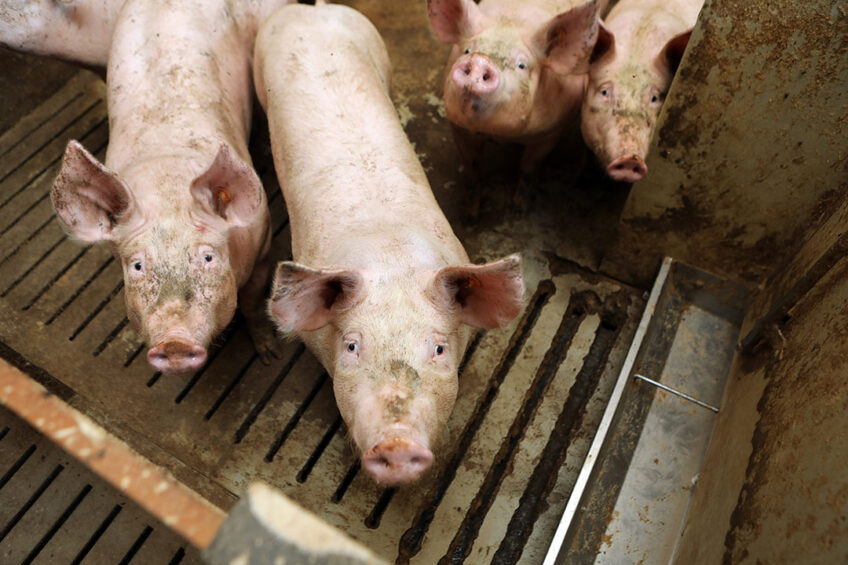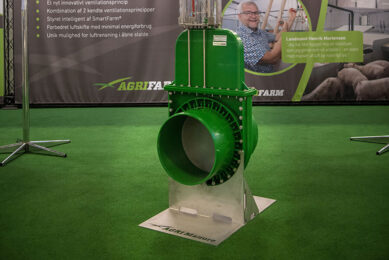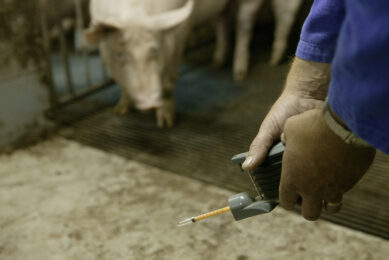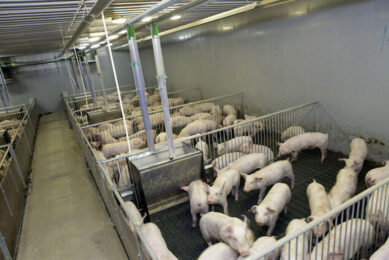Best practices for swine manure handling

Efficient manure handling, including manure collection, storage, treatment, and application with minimal nutrient loss has important implications for farm productivity and the environment. What are the best practices for swine manure handling?
 Develop a manure management plan
Develop a manure management plan
A manure management plan includes information about field slope and soil type. It also contains information about crops and rotation for each field, and crop nutrient requirements. It also provides details on livestock, the types and amounts of manure expected each year, manure collection, transportation, storage, and proper utilisation. This information helps the farmer to develop a long-term plan to enhance the value of swine manure. The plan also helps to reduce the cost of crop programmes and to improve environmental protection.
 Organise field, crop, and manure information
Organise field, crop, and manure information
Get topographic maps for surface slope information, soil survey maps for soil types and plant maps. Ater that, outline each field that may receive manure with its size and shape on all maps and start recording field data. Apply a crop production record keeping system to log information regarding each field’s planting and harvesting dates, soil test results, manure and fertiliser application rates, crop plans, rotations and crop nutrient requirements. Since much of the information including field descriptions, manure storage data, crops, and rotations will not change every year, it is not necessary to do all the work every year, just an annual review of the plan.
 Apply appropriate storage and treatment systems
Apply appropriate storage and treatment systems
The type of manure storage system affects odour production and release. Systems that store more dilute manure produce less odour. If you protect systems from the wind, they release less odour. In addition, complete anaerobic treatment of manure using properly designed anaerobic digesters or lagoons is effective at eliminating and controlling odour. Using rigid or flexible impermeable covers can reduce odours by 80-95%. It is important to collect and release biogas generated by the stored manure from beneath the cover. Likewise, collect and remove rainfall on the cover. In windy areas, avoid allowing loose cover material to flap in the wind and become damaged. However, impermeable covers usually cost more and have a longer lifespan than permeable covers.
 Follow the safety guidelines
Follow the safety guidelines
Monitor air quality using a hydrogen sulfide gas monitor for people near the area where tey pump manure. Pay attention to the signs of gas exposure such as irritation to the eyes, nose and throat, dizziness, and nausea. If a toxic gas emergency arises, call 911. Prior to pumping manure, consider proper ventilation of barns. You can do this by opening all ventilation curtains and running ventilation fans at maximum speed until at least 30 minutes after pumping. Many manure handling and storage facilities are considered a confined space. No one should enter a building where manure is being pumped and agitated. Reduce the risk of fire when pumping manure by not allowing smoking or open flames near the handling area.
 Consider the best time for manure application
Consider the best time for manure application
Timing is essential in manure application, to keep valuable nutrients closer to actual crop on the soil. Manure application during times of snow-cover, frozen soil, saturated conditions, and spring rain events enhances the risk of nutrient loss. A fraction of both nitrogen and phosphorus in manure is present in soluble forms. The ammonium nitrogen fraction of manure is safe from volatilisation when it is placed beneath the soil surface. Fields with shallow slopes, fields with a cover crop or lots of crop residue, and fields distant to water have lower risk of manure nutrient loss. It is important to prioritise the order of manure application according to the risk of nutrient loss and go to the least risky fields first. Always check the weather forecast and evade the situations that upcoming weather may undo your nutrient placement work.











